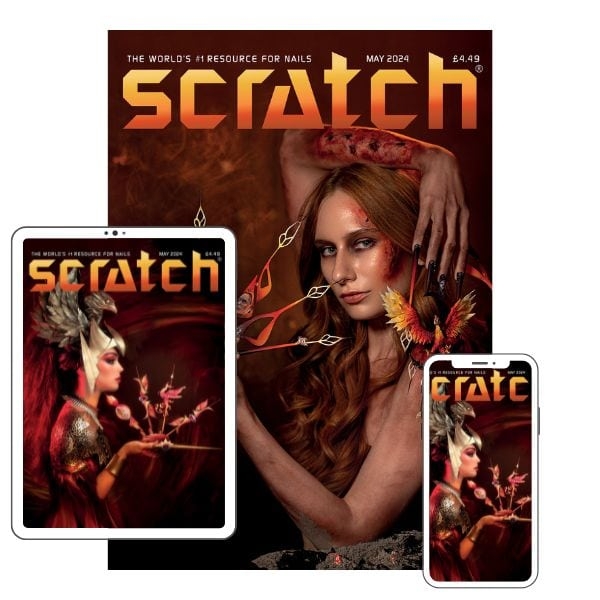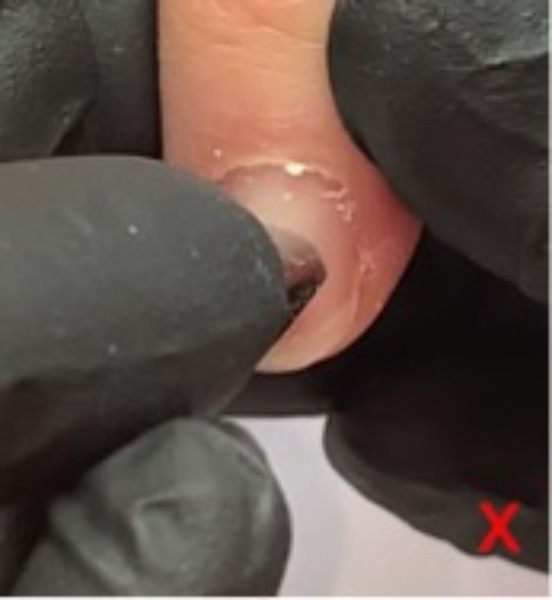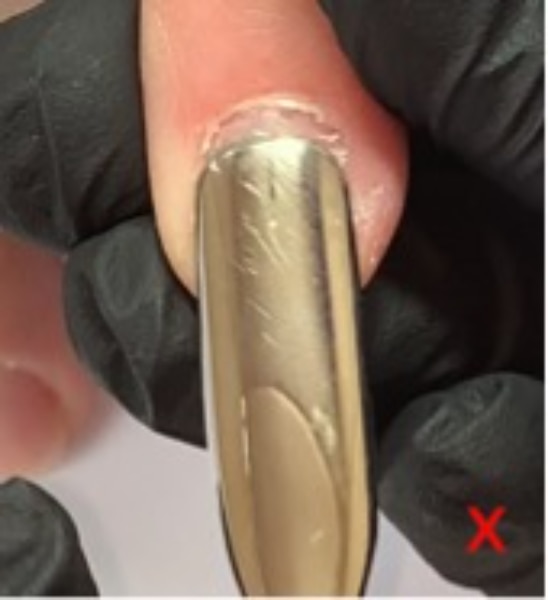
Revealed: Why the angle in which you use your tools is important
By Katie Barnes | 21 June 2022 | Expert Advice, Feature

In a previous blog post for Scratch, we covered the importance of correctly holding your nail brush for success. This covers angles and where on the brush you hold.
This is no different for nail tools or other implements we may use throughout the nail service. If your tools aren’t being held at the right angle, in the right grip position then you may find that you aren’t getting the results you need.
Many cuticle implements will have handles, finger dents or knurling (the dented grip area on a tool). This is where that tool is designed to be held and if is important to follow this. Holding the implements in a different area may put pressure on an area where pressure isn’t intended and can break your tool. The area in which you hold the tool will also impact the results. Just like how we hold a pen. If you hold the pen at the very tip, the grip will be flimsy and the pressure uncontrolled. The same extends to our nail tools. If you hold a cuticle pusher for example, at the far end, you won’t have control over the tool and could cause damage to the nail or surrounding tissue. You also won’t achieve effective results.
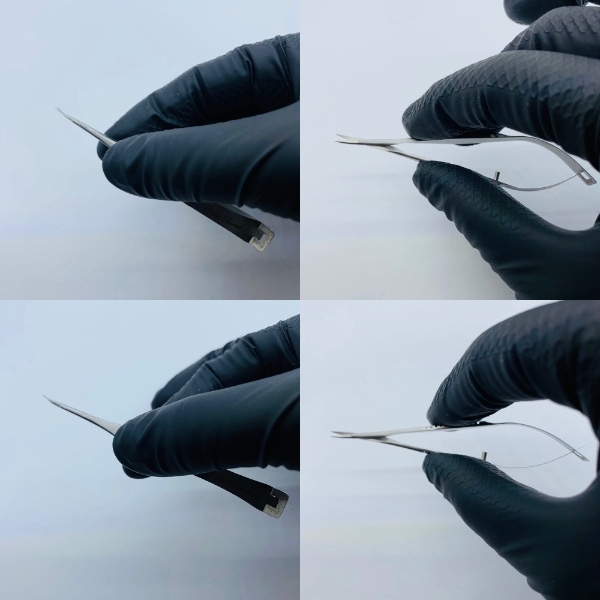
If you hold a tool too far down a handle, you could put too much pressure. The optimum area is usually around the middle but also be guided where the manufacturer puts the finger dents, grip, or handles.
Most tools also don’t require a full handed grip for results, if they do – it is time to invest in new tools or get your current ones services or sharpened. You should only need a few fingers and thumb grip for results. Firmer pressure won’t be kind to your hands and may result in ripped or excess pressure on the client’s delicate skin or nail.
The angle in which you use your tool on the nail is also as critical. When using a cuticle pusher, a 45-degree action must be used. If you use a flat angle, this will just glide in effectively over the nail and if you use this at a 60–90-degree angle then you are in danger or scratching the nail plate, rather than gently lifting cuticle tissue.
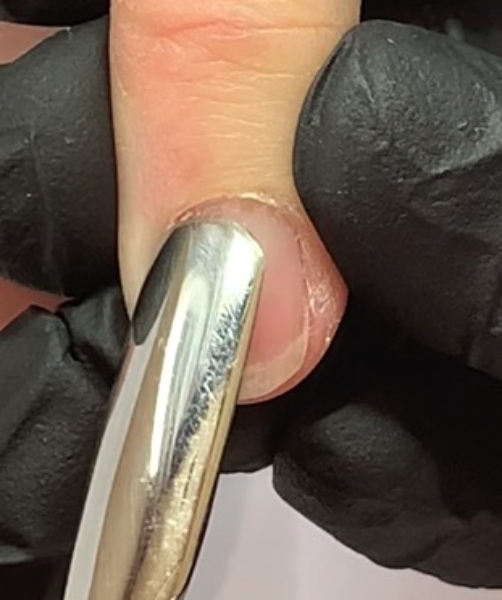
Using a cuticle pusher at a 45-degree angle
When working on the nail, you should also consider the shape of the nail you are working on. When working on a curved nail or particularly flat nail you may have to alter your technique and angles. You may need to start from the side to the centre and repeat on the other side, rather than working from the centre only.
A cuticle knife must also be held at a 45-degree angle on the nail plate and worked side to side. By holding the pusher and knife at a 45-degree angle, it will allow the sharpest side of the tool to gently glide over the nail plate, lifting cuticle tissue.
When working with scissors or cuticle pushers, you need to be aware of surrounding tissue, so it is important not to just go in blind with your cutting technique. It isn’t necessary to remove cuticle in one go, however satisfying this may seem. Firstly, identify what needs to be removed, then capture this in-between the blades. It can be ideal to work with curved blades, rather than straight as the sharpest point of the tip of the blades will face away from surrounding skin. When working with curved blades, when ready to cut you can turn the blades upwards so that only what is intended to be removed will be cut as the tip will face upwards, away from surrounding skin.
Follow my video tutorial on understanding what angles you need to work with your implements.
Love Katie B xx
